Home>Articles>How Long Does It Take A Roof To Dry After Rain
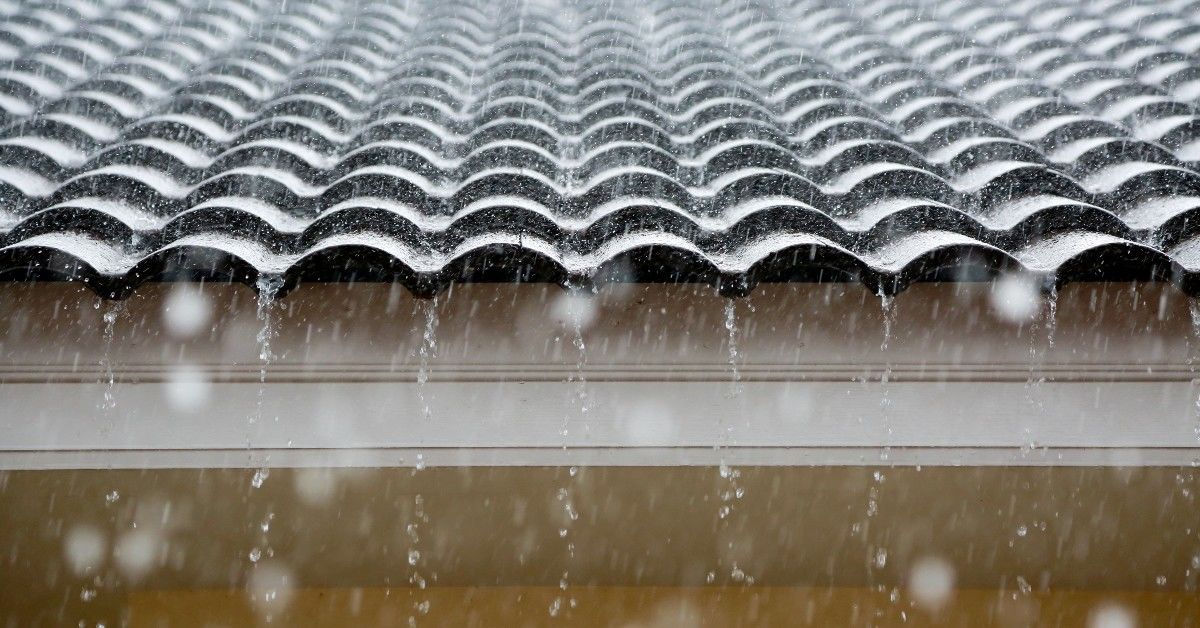

Articles
How Long Does It Take A Roof To Dry After Rain
Modified: January 8, 2024
Learn how long it takes for a roof to dry after rain in this informative article. Discover tips and tricks to expedite the drying process and protect your home.
(Many of the links in this article redirect to a specific reviewed product. Your purchase of these products through affiliate links helps to generate commission for Storables.com, at no extra cost. Learn more)
Introduction
It’s a common concern for homeowners to wonder how long it takes for their roofs to dry after rain. Whether you’ve recently experienced heavy rainfall or just a light drizzle, the drying time can vary based on several factors. Understanding these factors and knowing the average drying time for different types of roof materials can help you better manage your roof’s maintenance.
When it comes to the drying time of a roof, several factors come into play. The type of roof material, the slope of the roof, and the prevailing weather conditions all influence how quickly or slowly a roof dries after rain. By understanding these factors, homeowners can take appropriate steps to speed up the drying process and minimize potential risks associated with a wet roof.
Key Takeaways:
- Understanding the factors that influence roof drying time, such as roof material, slope, and weather conditions, can help homeowners take proactive steps to expedite the drying process and minimize potential risks associated with a wet roof.
- By implementing practical tips like clearing debris, improving ventilation, and utilizing sunlight, homeowners can promote quicker roof drying after rain, safeguarding their homes from potential issues like mold growth, structural damage, and increased energy costs.
Factors Affecting Roof Drying Time
The following factors play a significant role in determining how long it takes for a roof to dry after rain:
- Roof Material: Different roof materials have different drying characteristics. For example, asphalt shingles may dry more quickly than clay or concrete tiles due to their porous nature.
- Roof Slope: The angle of your roof’s slope can affect the rate of water runoff. Steeper roofs tend to dry faster as water drains away more rapidly.
- Weather Conditions: The weather conditions after rain also impact drying time. Factors such as temperature, humidity, and sunlight exposure can either expedite or delay the drying process.
Now that we understand the factors influencing roof drying time, let’s explore the average drying time for different types of roof materials.
Key Takeaways:
- Understanding the factors that influence roof drying time, such as roof material, slope, and weather conditions, can help homeowners take proactive steps to expedite the drying process and minimize potential risks associated with a wet roof.
- By implementing practical tips like clearing debris, improving ventilation, and utilizing sunlight, homeowners can promote quicker roof drying after rain, safeguarding their homes from potential issues like mold growth, structural damage, and increased energy costs.
Factors Affecting Roof Drying Time
Several factors contribute to how long it takes for a roof to dry after rain. These factors include the roof material, roof slope, and weather conditions.
Roof Material
The type of roof material used on your home plays a significant role in the drying time. Different roof materials have varying levels of porosity and absorbency, which affects how quickly they can release moisture. Here are a few examples:
- Asphalt Shingles: Asphalt shingles are commonly used due to their affordability and durability. They generally dry relatively quickly because of their non-porous nature. However, the drying time can still vary depending on the thickness and condition of the shingles.
- Metal Roofing: Metal roofs are known for their excellent water-shedding capabilities. They typically dry faster than other materials due to their smooth surface and lack of absorption.
- Clay or Concrete Tiles: Clay or concrete tiles are porous materials that can absorb water and take longer to dry. The drying time for these roofs can be extended, especially if the tiles are older or damaged.
- Wood Shakes or Shingles: Wood shakes or shingles are prone to absorbing water. They require proper ventilation to dry effectively and could take a considerable amount of time to completely dry after rain.
It’s important to note that these drying times are averages and can be influenced by various factors such as the condition of the roof, the amount of rainfall, and the ambient temperature.
Roof Slope
The slope or pitch of the roof is another crucial factor that affects drying time. A steeper roof allows water to run off more quickly, reducing the time it takes for the roof to dry. On the other hand, roofs with a low slope or flat roofs tend to retain water for longer periods, extending the drying time.
If your roof has a flatter slope, it’s essential to ensure that it has proper drainage systems to prevent water pooling, which can significantly prolong the drying process.
Weather Conditions
The prevailing weather conditions after rain can significantly impact the drying time of the roof. Several factors associated with the weather can either expedite or delay the drying process:
- Temperature: Higher temperatures generally facilitate faster evaporation, leading to quicker drying times. However, if the weather is excessively hot, it can cause the water to evaporate too quickly, potentially leaving behind stains or residue.
- Humidity: High humidity levels can impede the evaporation process, slowing down the drying of your roof. In humid conditions, the air is already saturated with moisture, reducing the rate at which water can evaporate from the roof surface.
- Sunlight: Sunlight is a powerful drying agent, as it helps to evaporate moisture and aids in the drying process. If your roof receives direct sunlight, it can speed up the drying time. Conversely, if your roof is shaded or does not receive much sunlight, the drying process may be slower.
Combining these factors, the time it takes for your roof to dry after rain will vary. It’s important to consider these factors to properly manage the maintenance of your roof and identify any potential risks associated with a wet roof.
Average Drying Time for Different Roof Types
The drying time after rain can vary depending on the type of roof material used. Understanding the average drying times for different roof types can help homeowners plan their maintenance and make informed decisions. Here are the average drying times for some common roof materials:
Asphalt Shingles
Asphalt shingles are popular due to their affordability and durability. These shingles tend to dry relatively quickly compared to other roof materials. In favorable weather conditions, it can take anywhere from a few hours to a couple of days for asphalt shingles to dry after rainfall. However, keep in mind that thicker or older shingles may take longer to dry.
Metal Roofing
Metal roofing is known for its excellent water-shedding capabilities. Metal roofs typically have a smooth surface that allows water to run off easily. As a result, they tend to dry faster than other materials. In ideal conditions, metal roofs can dry within a few hours to a day after rain. Their drying time can be even quicker if the roof receives direct sunlight.
Clay or Concrete Tiles
Clay or concrete tiles are popular for their aesthetic appeal and durability. However, they are porous materials that can absorb water and take longer to dry. The drying time for clay or concrete tile roofs can vary significantly. In moderate weather conditions, it may take several days for these roofs to completely dry after rain. The drying process can be prolonged if the tiles are older, damaged, or if there are multiple layers of tiles on the roof.
Wood Shakes or Shingles
Wood shakes or shingles add a rustic charm to homes but require proper care and maintenance. These wooden roof materials are prone to absorbing water, which can extend their drying time. The drying process for wood shakes or shingles can range from a few days to over a week, depending on the weather conditions. It’s crucial to ensure proper ventilation to promote the drying of these roofs after rain.
It’s important to note that these are average drying times and can be influenced by various factors such as the thickness of the roof material, the condition of the roof, and the specific weather conditions in your area. It’s always advisable to check for any signs of moisture or dampness before assuming that the roof is completely dry.
Understanding the average drying times for different roof types can help homeowners plan their maintenance and assess any potential risks associated with a wet roof. By incorporating this knowledge, you can take appropriate actions to speed up the drying process and minimize the chances of any damage or issues caused by a prolonged wet roof.
Tips to Speed Up Roof Drying Process
If you’re looking to expedite the drying process of your roof after rain, there are several practical steps you can take. By implementing these tips, you can help ensure that your roof dries quickly and minimize the potential risks associated with a wet roof.
1. Clearing Debris
One of the primary steps to speed up roof drying is clearing any debris that may be present. Leaves, branches, and other debris can obstruct water flow and impede the drying process. Use a broom or a leaf blower to remove debris from the roof surface carefully. Be cautious not to damage any roofing materials in the process.
It’s also crucial to keep your gutters and downspouts free from debris. Clogged gutters can lead to water pooling on the roof, which prolongs the drying time. Regularly inspect and clean your gutters to ensure proper drainage.
2. Improving Roof Ventilation
Proper roof ventilation plays a vital role in maintaining the health of your roof and expediting the drying process. Good ventilation helps to remove excess moisture, preventing mold and mildew growth, and promoting faster drying.
Ensure that your attic or roof space has adequate ventilation. This can be achieved through the installation of ridge vents, soffit vents, or exhaust fans. Proper air circulation will help remove trapped moisture and hasten the drying process.
If you’re unsure about the adequacy of your roof ventilation, consider consulting a professional roofer who can assess your current ventilation system and offer recommendations for improvement.
3. Utilizing Sunlight
Sunlight is a natural and effective drying agent. If your roof receives direct sunlight, it can significantly speed up the drying process. Sunlight helps to evaporate moisture and dry the roof surface.
If there are any overhanging branches or obstructions blocking sunlight from reaching your roof, trim them back to allow for more direct sunlight exposure. However, while utilizing sunlight, be mindful of high temperatures, which can cause water to evaporate too quickly, potentially leaving stains or residue behind.
If your roof doesn’t receive much sunlight due to shading or orientation, consider using fans or dehumidifiers in the attic or roof space to promote air circulation and aid in the drying process.
By implementing these tips, you can promote quicker drying of your roof after rain. However, always prioritize safety when working on your roof, and if you’re unsure or uncomfortable performing any maintenance tasks, it’s advisable to seek professional assistance.
Remember, a properly dried roof helps prevent potential damage and ensures the longevity of your roof, protecting your home from potential risks associated with a wet roof.
Potential Risks of a Wet Roof
A wet roof can pose several risks and potential problems for homeowners. Understanding these risks can help you appreciate the importance of ensuring your roof dries quickly after rain. Here are some potential risks associated with a wet roof:
Mold and Mildew Growth
Excess moisture on a roof provides an ideal breeding ground for mold and mildew. These fungi thrive in damp environments and can quickly spread across the roof and into your home if left unchecked. Mold and mildew growth not only affect the roof’s appearance but can also lead to health issues for occupants, such as aggravated allergies and respiratory problems.
Additionally, mold and mildew can deteriorate roofing materials, causing structural damage and reducing the lifespan of your roof. It’s crucial to promptly address and dry out any moisture on your roof to prevent mold and mildew growth.
Read more: How Long Does It Take For A Driveway To Dry
Structural Damage
Excessive moisture on a roof can lead to structural damage, jeopardizing the integrity of your home. One of the primary concerns is the potential rotting of the underlying roof structure, such as the rafters and decking, if the moisture is not properly mitigated. Over time, this can weaken the roof’s support system, leading to sagging or even collapse in severe cases.
Furthermore, prolonged exposure to moisture can cause rusting and corrosion of metal components, such as flashing and fasteners, compromising their effectiveness and integrity. It’s important to address any water damage or signs of structural compromise promptly to prevent further deterioration and protect your home.
Increased Energy Costs
A wet roof can result in increased energy costs. When a roof retains moisture, it reduces its insulating properties, causing heat loss during colder months and heat gain during warmer months. As a result, your HVAC system may have to work harder to maintain a comfortable indoor temperature, leading to higher energy bills.
Additionally, if the moisture penetrates into the insulation material, it can reduce its effectiveness and require replacement. Proper roof drying after rain can help maintain the insulation’s performance and prevent unnecessary energy expenses.
Addressing these potential risks promptly is essential to protect your home and ensure the longevity of your roof. It’s crucial to monitor your roof for any signs of moisture and take appropriate steps to expedite the drying process to mitigate these potential risks.
Conclusion
Understanding how long it takes for a roof to dry after rain and the factors that influence the drying process is crucial for homeowners. By being aware of these factors, you can take steps to speed up the drying process and minimize potential risks associated with a wet roof.
Factors such as roof material, roof slope, and weather conditions play significant roles in determining the drying time of a roof. Different roof materials have varying levels of porosity and absorbency, affecting how quickly they release moisture. Steeper roofs tend to dry faster due to better water runoff, while flatter roofs may retain water for longer periods.
Weather conditions, including temperature, humidity, and sunlight, can also impact drying time. Higher temperatures and direct sunlight generally facilitate faster evaporation, while high humidity levels and lack of sunlight can impede the drying process.
Knowing the average drying times for different roof types can help homeowners anticipate how long their roof may take to dry after rain. Asphalt shingles typically dry relatively quickly, while materials like clay or concrete tiles and wood shakes or shingles may take longer due to their absorbency.
To speed up the roof drying process, it’s essential to clear debris, improve roof ventilation, and utilize sunlight. Removing debris from the roof surface and keeping gutters clean allows for better water flow. Proper roof ventilation helps remove excess moisture, and maximizing sunlight exposure aids in evaporation.
There are potential risks associated with a wet roof, such as mold and mildew growth, structural damage, and increased energy costs. Excess moisture can create a conducive environment for mold and mildew, leading to health issues and deteriorating roofing materials. It can also cause structural damage over time and increase energy consumption due to reduced insulation efficiency.
By promptly addressing these risks and ensuring that your roof dries quickly after rain, you can protect your home’s integrity, maintain a healthy living environment, and reduce energy expenses.
In conclusion, taking proactive measures to manage the drying time of your roof is essential for maintaining the longevity and performance of your roof. By understanding the factors, implementing the suggested tips, and being mindful of the potential risks, you can effectively manage your roof’s maintenance and ensure its optimal functioning for years to come.
Frequently Asked Questions about How Long Does It Take A Roof To Dry After Rain
Was this page helpful?
At Storables.com, we guarantee accurate and reliable information. Our content, validated by Expert Board Contributors, is crafted following stringent Editorial Policies. We're committed to providing you with well-researched, expert-backed insights for all your informational needs.
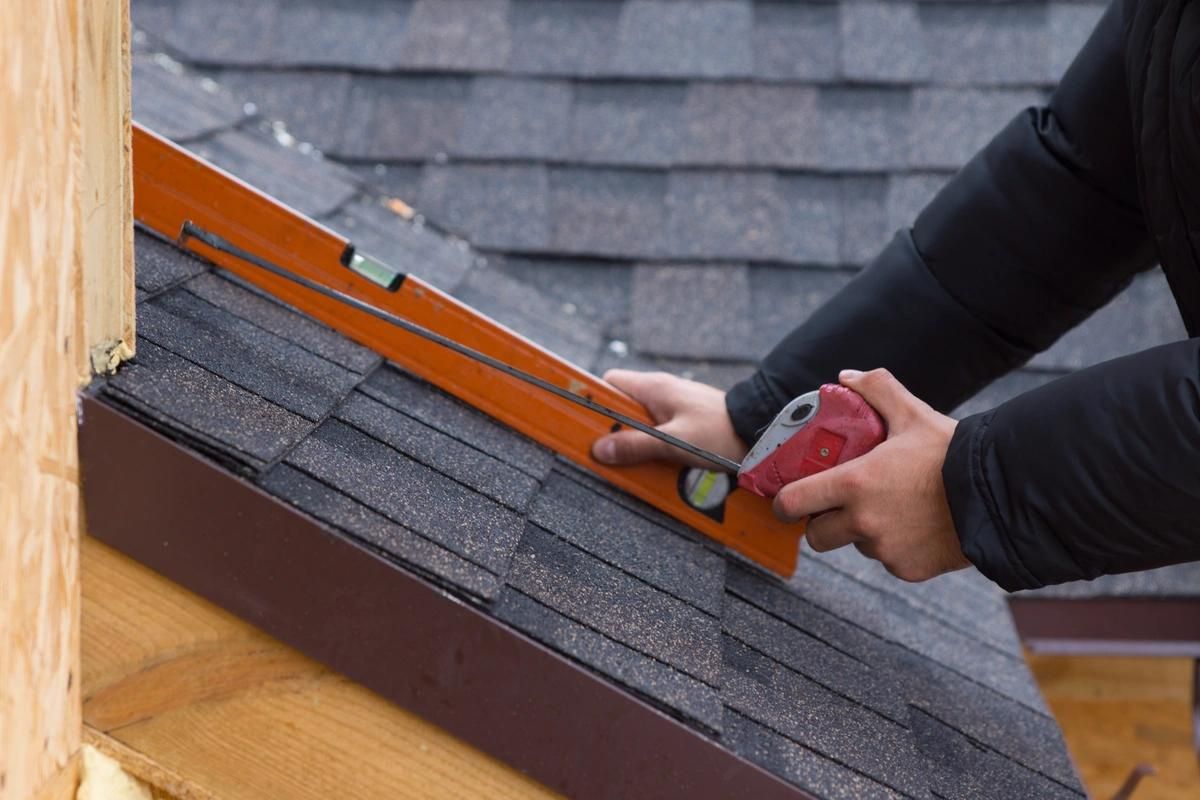
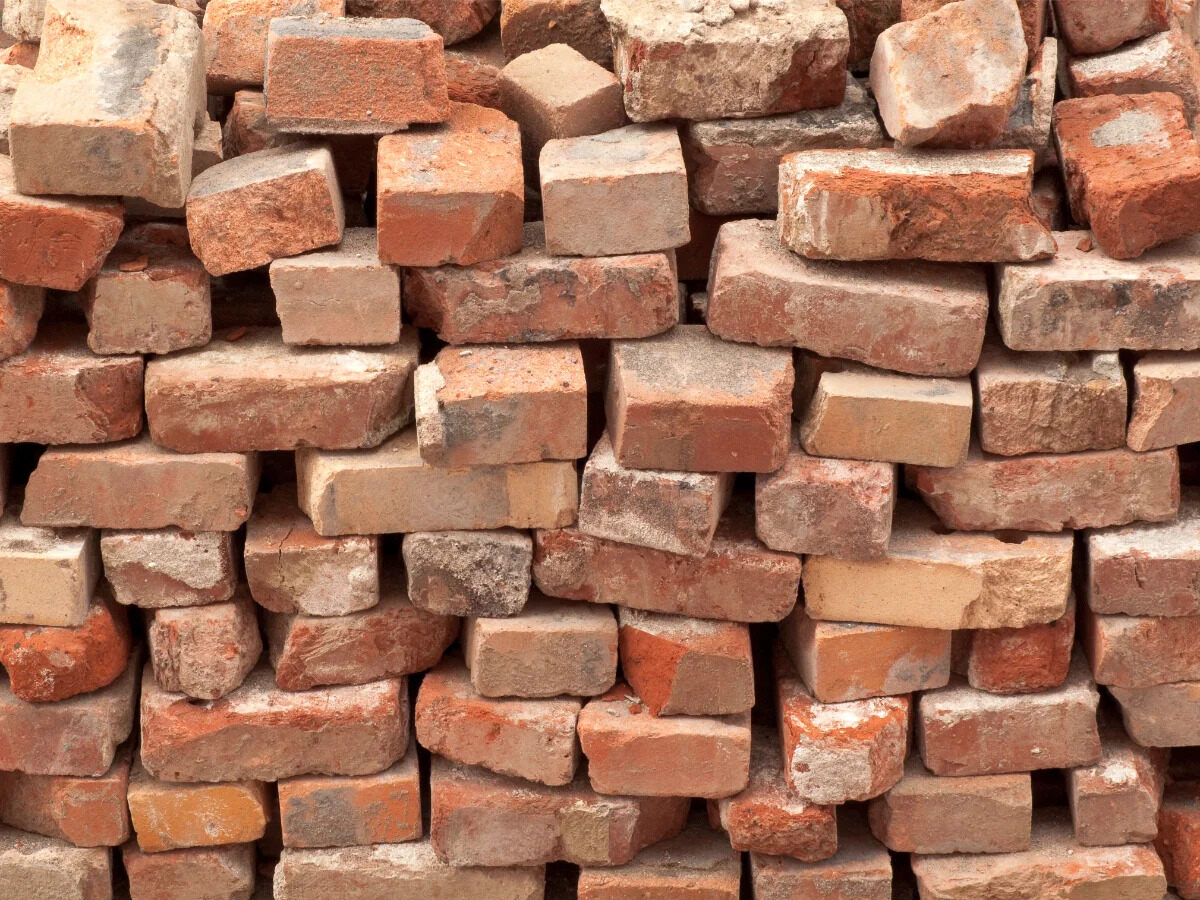
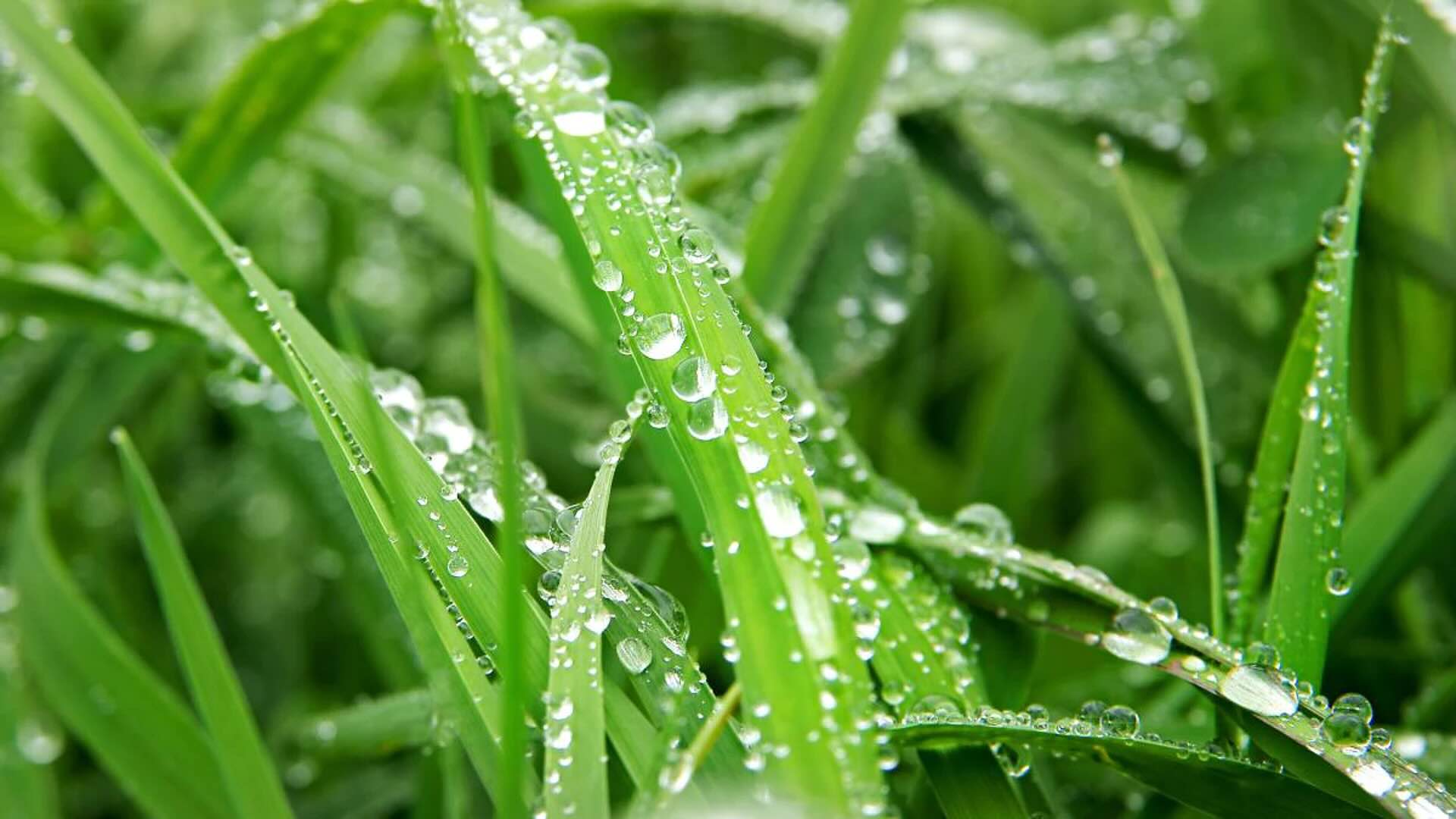
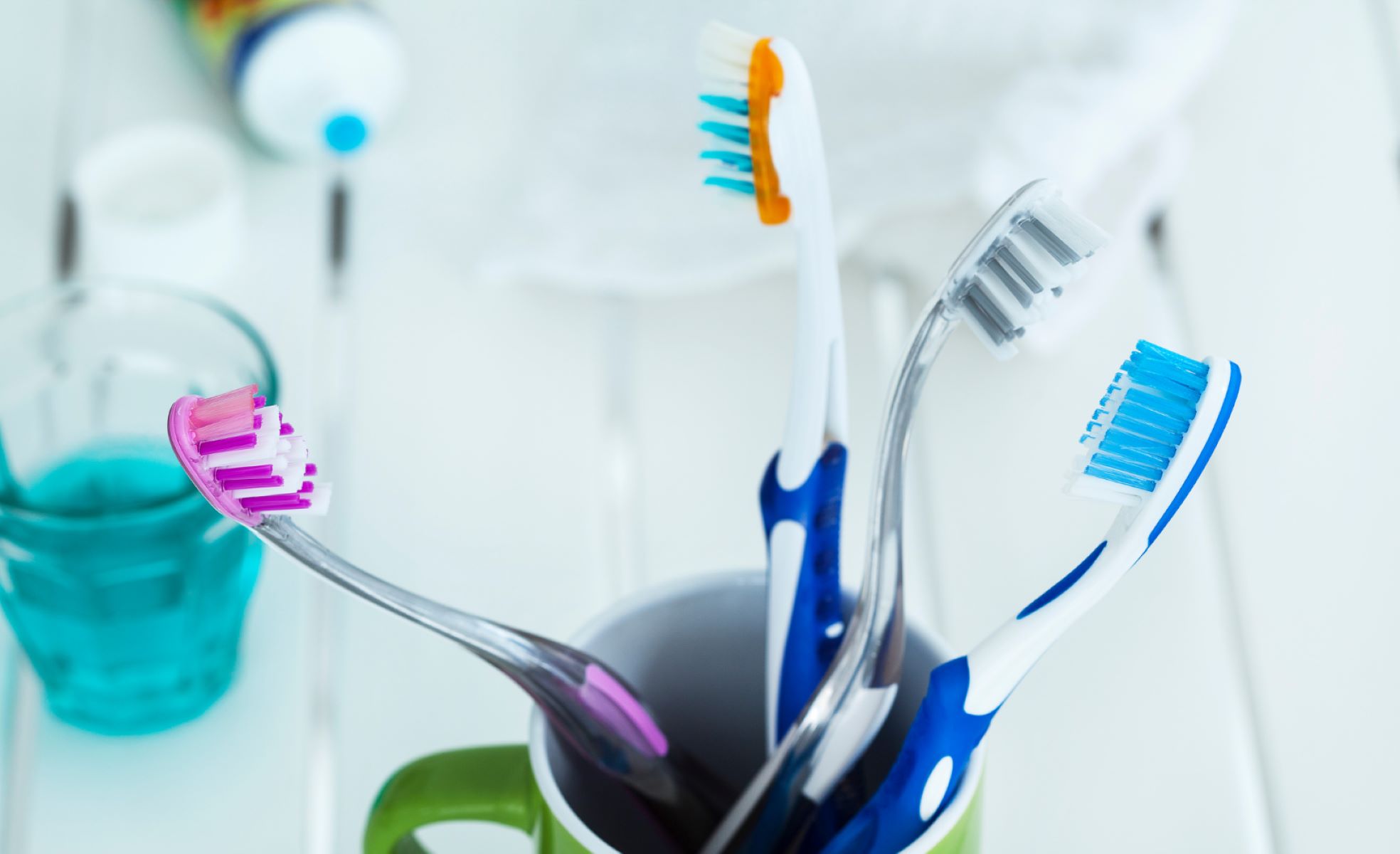
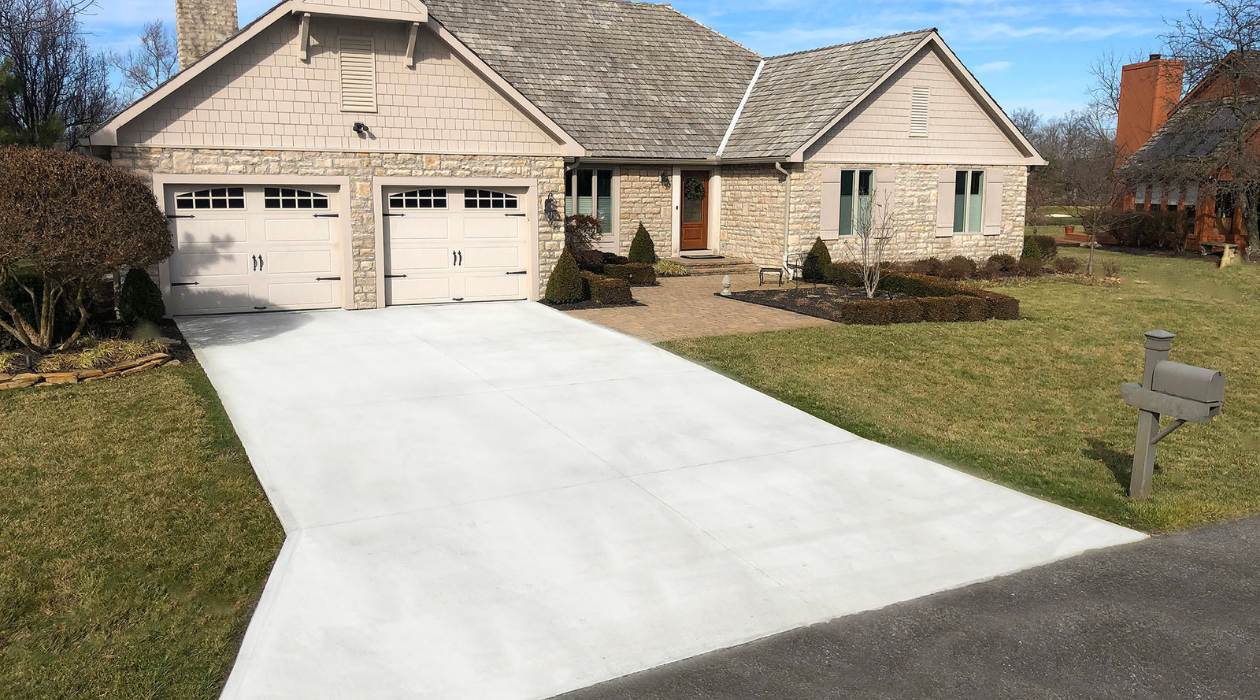
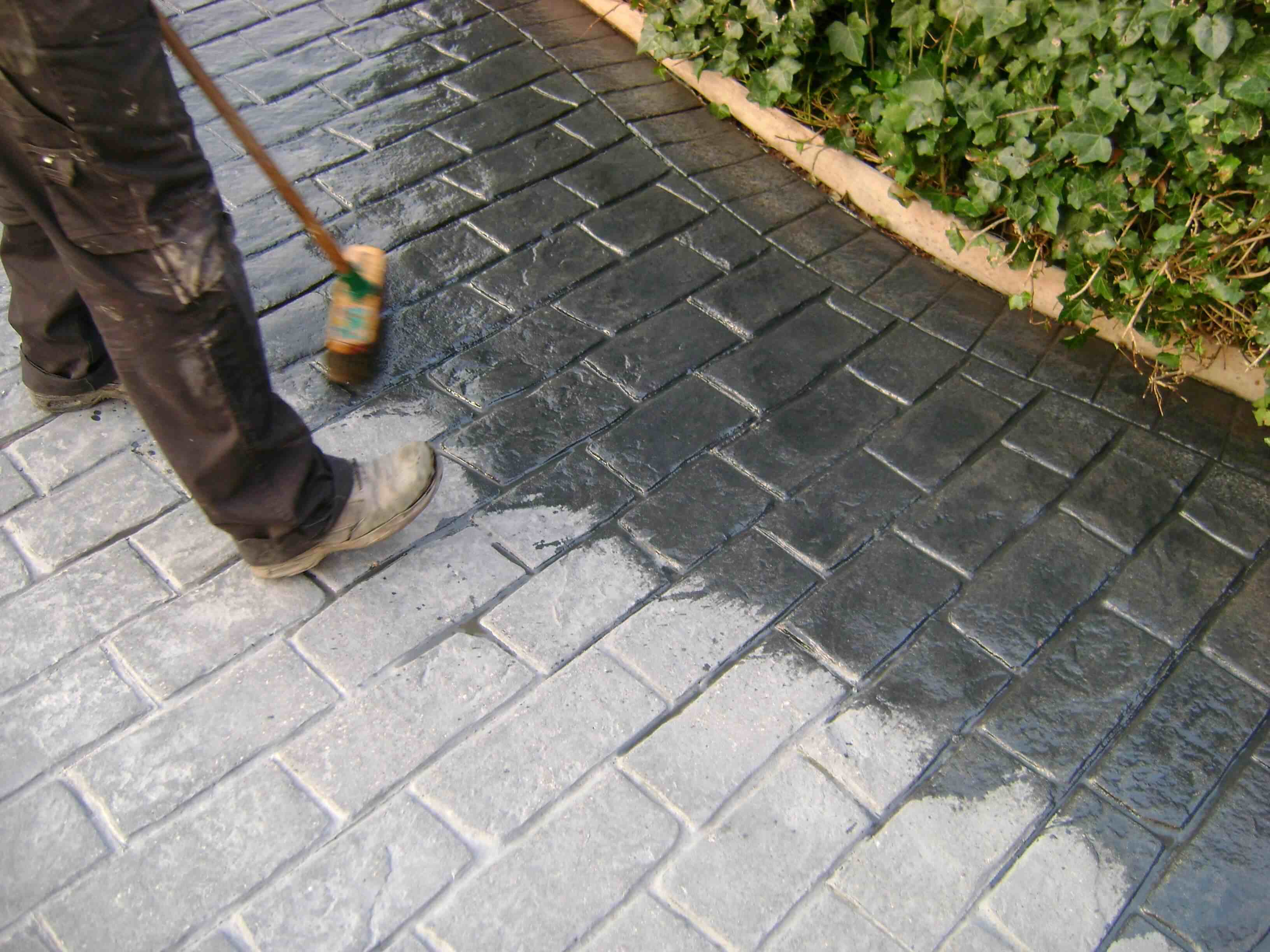
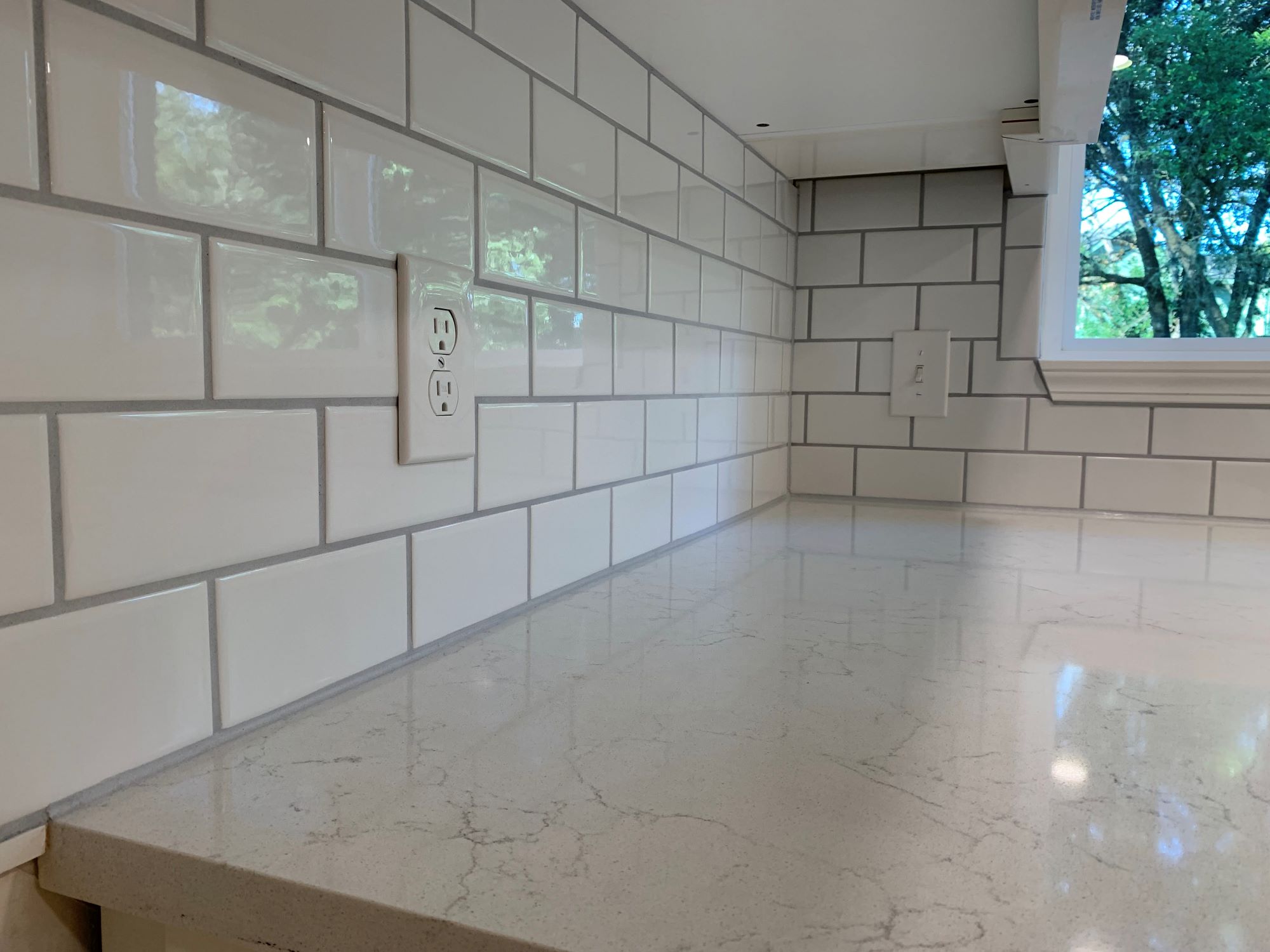
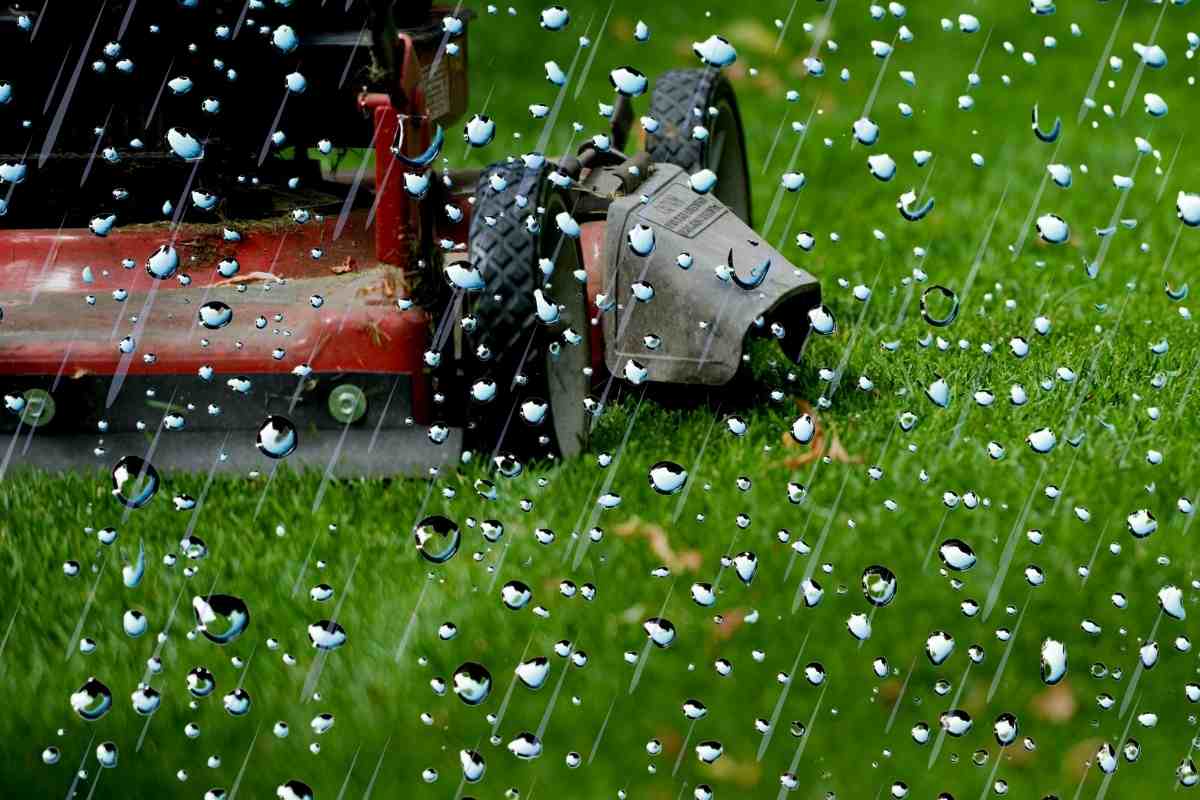
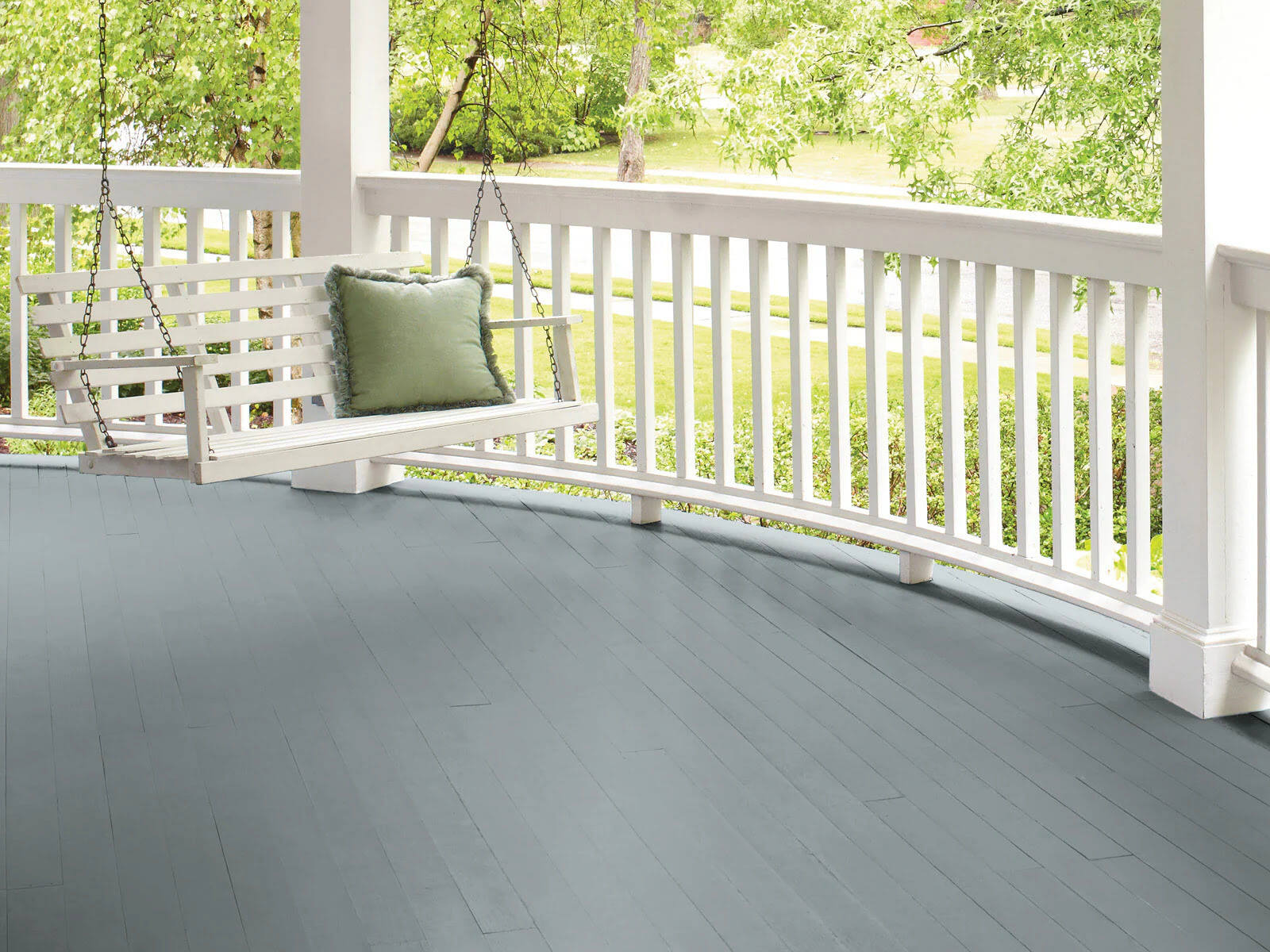



0 thoughts on “How Long Does It Take A Roof To Dry After Rain”